THIS WEEK: Once more we return to the Triangle Era with The Return of Superman 30th Anniversary Special!
Note: the review below contain spoilers. If you want a quick, spoiler-free buy/pass recommendation on the comics in question, check out the bottom of the article for our final verdicts.
 The Return of Superman: 30th Anniversary Special
The Return of Superman: 30th Anniversary Special
Writers: Dan Jurgens, Louise Simonson, Jerry Ordway, and Karl Kesel
Pencillers: Travis Moore, Jon Bogdanove, Jerry Ordway, Tom Grummett, and Dan Jurgens
Inkers: Doug Hazlewood, Denis Rodier and Brett Breeding
Colorists: Adriano Lucas, Glenn Whitmore, and Elizabeth Breitweiser
Letterer: Rob Leigh and Richard Starkings
Cover: Dan Jurgens, Brett Breeding and Elizabeth Breitweiser
Welcome back to the Never-Ending Battle, which true to its name is seemingly endless. The crew is back for another trip down memory lane, this time reminiscing about “The Reign of the Supermen” in The Return of Superman: 30th Anniversary Special. Once again, DC went to the people that brought us the original books with one exception. Notably missing from this lineup are Roger Stern and Butch Guice, the team from Action Comics who brought us the adventures of the Last Kryptonian. Instead, subbing in is Jerry Ordway who left Adventures of Superman right as the storyline started. Guice does contribute a pin-up to the book, so he’s not completely absent from the reunion. Otherwise, the remaining creative teams of the era reunite to tell stories about their specific Supermen.
Much like The Death of Superman: 30th Anniversary Special this one is opened with a story in the present. This time it’s the Daily Planet newsroom who are reminiscing about the appearance of the four fill-in Supermen and how Perry White approached the story. The lead story is by Dan Jurgens with Travis Moore and Adriano Lucas providing art and colors. The story involves the return of the Cyborg Superman, terrorizing STAR Labs. Superman is off-world, and the Justice League and Titans are indisposed (little continuity error there since there currently is no Justice League, but oh well). The lead story actually provides a bridge between the side stories as well, as Ron Troupe and Lois talk about encounters they had with each of the Supermen, while interacting with the Eradicator, Superboy, and Steel fighting the returned Cyborg. This is an interesting way to do it as it allows us to see each of the characters in the current light and how they’ve grown and developed.
The first of the side-stories is from Louise Simonson and Jon Bogdanove telling an early story of Steel’s fight against the toastmasters. It’s in Ron’s neighborhood, and feels like it could have been slotted right into the Superman: The Man of Steel issues of the era. Having those two back on John Henry Irons is just an absolute treat that felt like coming home.
The second side-story is the one that Jerry Ordway subbed in on, both as writer and artist. Interestingly, Ordway gives us a well-done Eradicator story that also brings out and dusts off an early Post-Crisis Superman villain. Thaddeus Killgrave is a villain that popped up here and there before and during the Triangle Era, but was never anything of much consequence. Ordway does a great job showing the brutality of the Eradicator, and especially uses Killgrave to good effect to demonstrate the fear he inspired in the criminal element. Ordway’s pencils haven’t lost a step in the last 30 years, and everything felt like those early years when he was pulling double duty on the books.
Next up was Karl Kesel, Tom Grummett, and Doug Hazlewood return to the Metropolis Kid, and much like the previous two stories, this also felt right at home as a story from the Triangle Era. It’s the cocky kid again, more interested in appearances than in actually being a hero, but there’s still some heart there. And like the Eradicator story, it dealt with a villain from before the Triangle Era as the Kid got to take on Bloodsport, the villain who almost killed Superman with a Krytponite bullet way back in 1987’s Superman #4. But the two things I appreciated most about this story were the easter eggs. Notably, cabbie Mack Harlin who looks awfully similar to former Sueprman editor Mike Carlin. Mack, of course, would move to Hawaii, get a new job as a truant officer, and become a persistent thorn in the side of the Kid during Kesel and Grummett’s Superboy series. The other fun easter egg was a kid who loaned Superboy his skateboard, and called himself a grommet (a slang term for a young skateboarder). At the end of the segment, Superboy gifted the kid a new skateboard, “To Tom, his favorite Grommet.”
The last of the four side stories is the one that doesn’t quite work as well for me. The last one is by Dan Jurgens and Brett Breeding the team that brought us Superman for years, so it should have been fantastic. But my problem in this story wasn’t the writing or the lineart, it was the colors. All three of the other stories brought back Triangle Era juggernaut Glenn Whitmore to do the colors, while the last story brought on modern colorist Elizabeth Breitweiser. Breitweiser’s coloring is often very good, but here it serves as a stark contrast to Whitmore’s work. Whitmore evokes the era the stories take place in. His colors are bold and vibrant, and they take you back to 1993. Breitweiser’s colors by comparison are muted and darker. Her modern techniques do add some nice shading compared to the simplicity of Whitmore’s, but everything feels a little more washed out in her section. Even the scenes she colors that are direct callbacks to moments from the original saga just feel a little bit off. And the thing is, there are a lot of those in this story. This one more than any of the others replayed the hits, but they were an imitation of the hits, with the color faded.
That one misstep isn’t going to prevent me from recommending this comic, but I’m not going to say I wouldn’t have preferred Whitmore to color all four flashbacks. The Return of Superman: 30th Anniversary Special will probably be the last Never-Ending Battle version of this column, unless they decide to do something for the 30th Wedding Anniversary too, so enjoy the nostalgia while it’s here.
Verdict: BUY
Round-Up
- I was worried about the Supergirl Special as it set itself up as a rivalry between the two Karas. That’s not something I really want out of a Supergirl comic. On the other hand, it was Mariko Tamaki returning to Supergirl after the amazing Being Super, and it was Skylar Patridge, one of my favorite artists, on art. And while the book was set-up as a rivalry, it delivered on much more than that. It was introspective about Kara’s place in the world and a look at how competitiveness can cause harm if taken too far. And in the end, it ends with friendship and bonding, and DC please just solicit this team as the new ongoing team for Supergirl. Please.
Miss any of our earlier reviews? Check out our full archive!


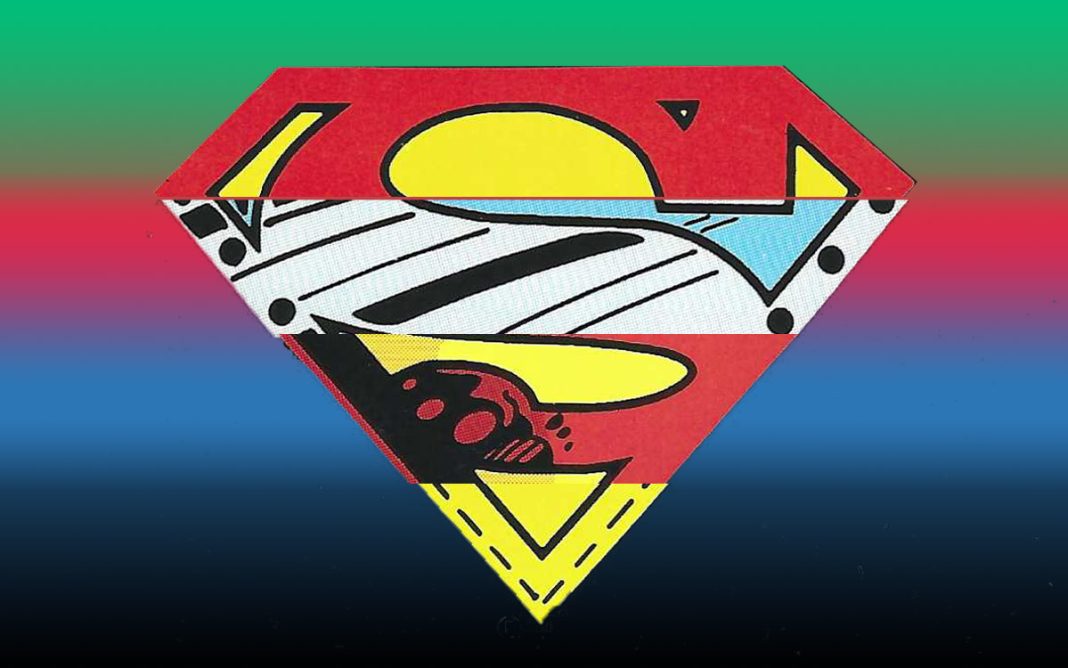
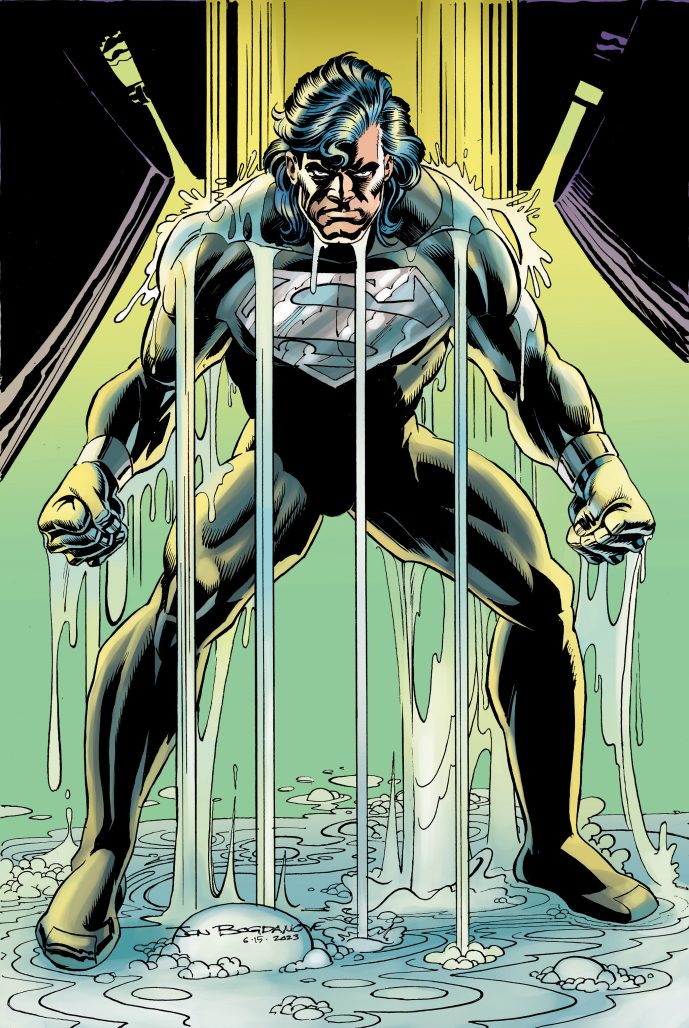 The Return of Superman: 30th Anniversary Special
The Return of Superman: 30th Anniversary Special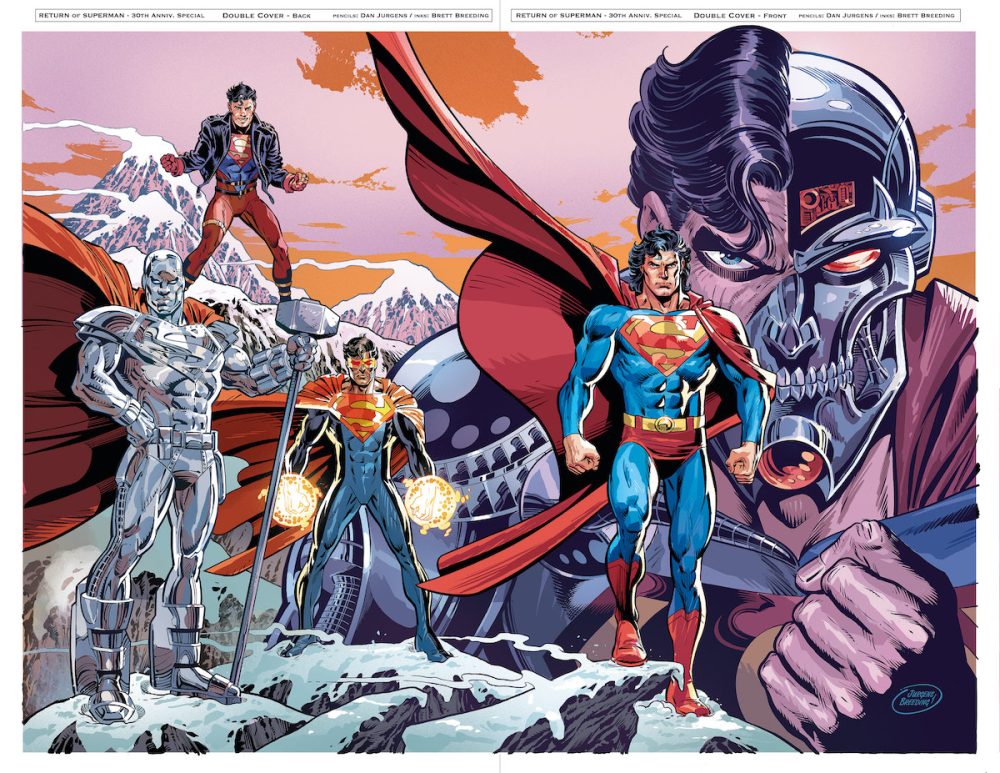
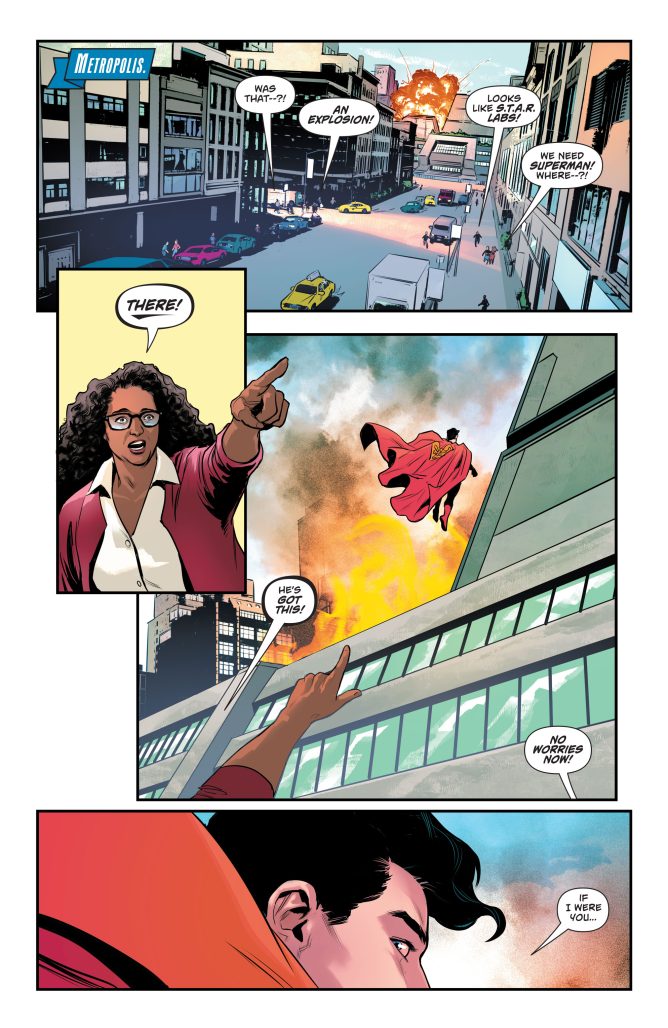
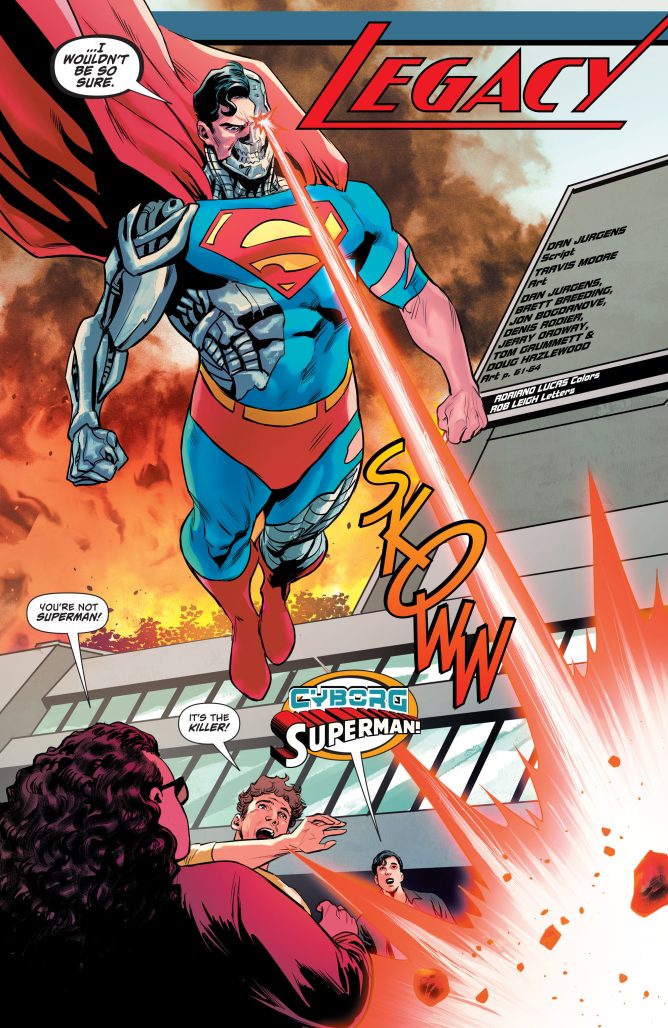
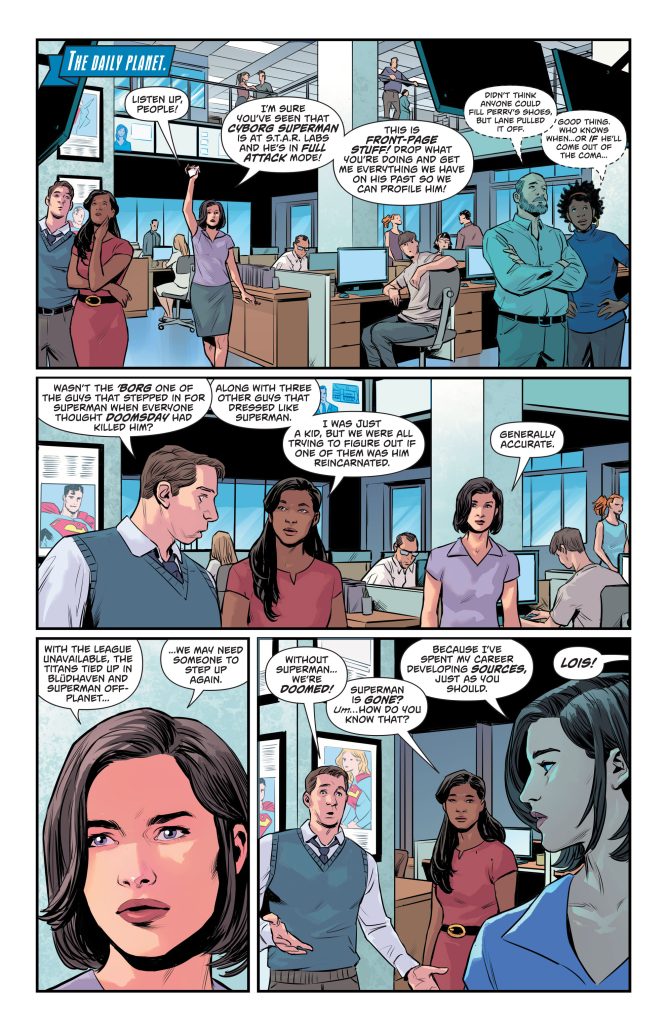
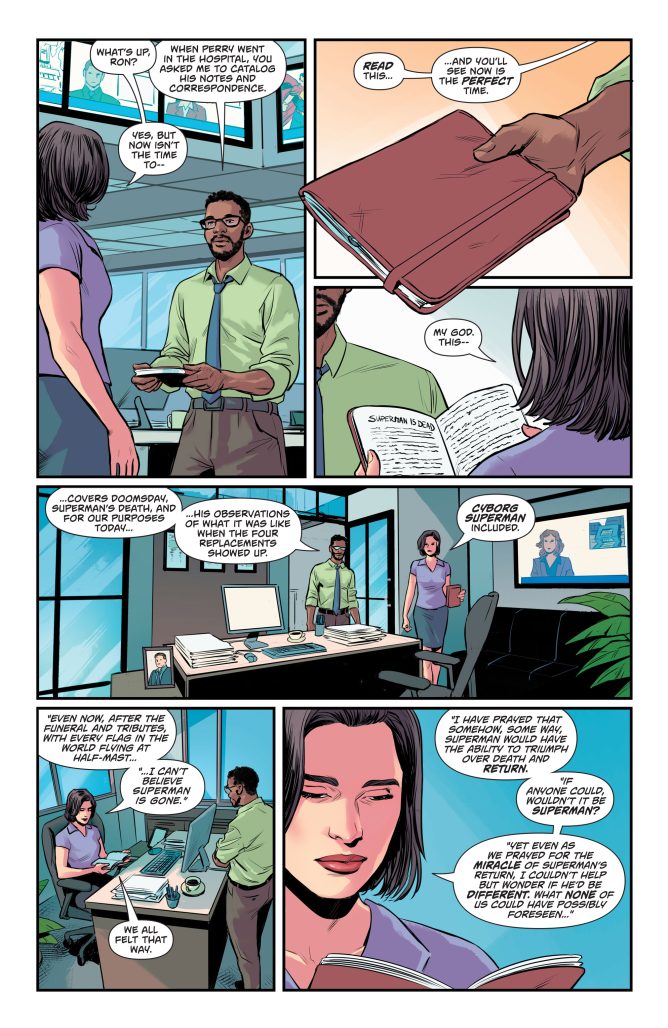
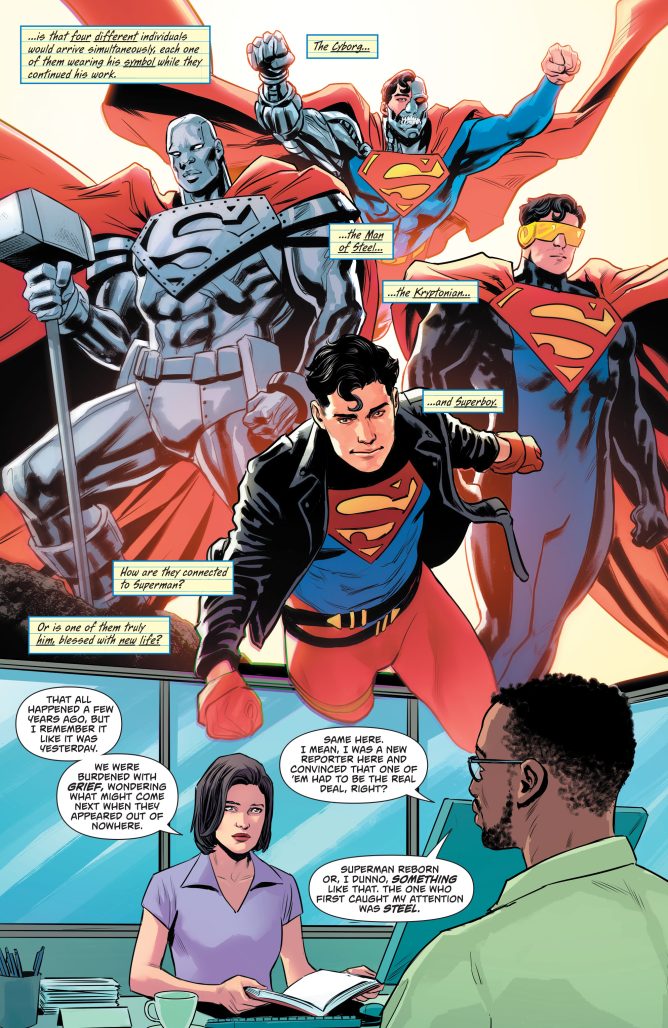
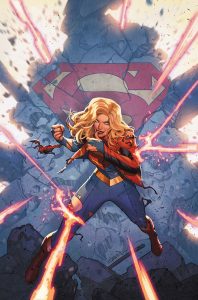
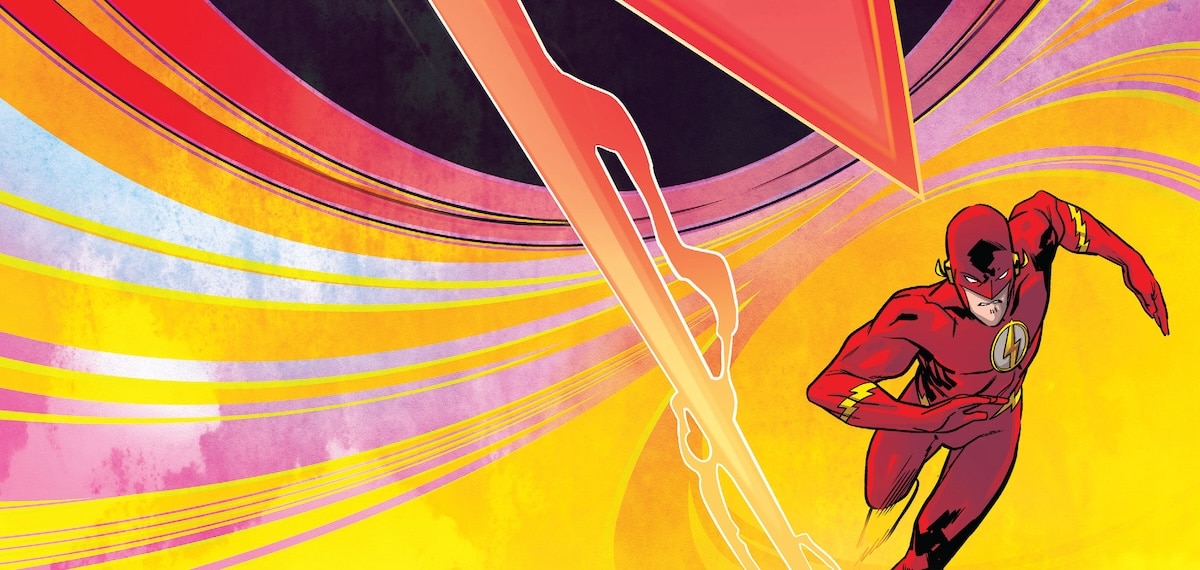




God, what a pleasure that Superman special was. Imagine reading stories by writers who understand the characters and artists who can render them. I thought DC was out of that business.
Comments are closed.